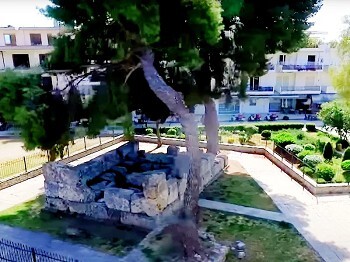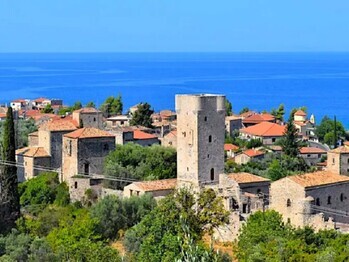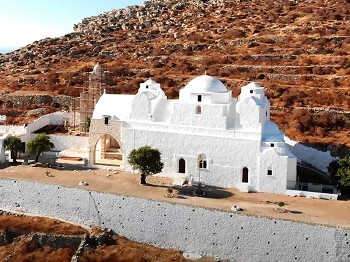The Acropolis
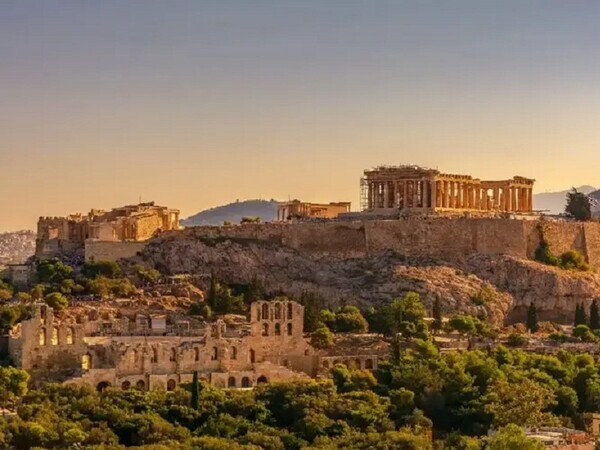
The Acropolis stands as a testament to ancient Greek architecture, featuring renowned structures like the Parthenon, Erechtheion, and Temple of Athena Nike. Constructed during Athens' Golden Age in the 5th century BCE, these edifices highlight the skillful craftsmanship and mathematical precision of Greek artisans.
Sacred Sanctuary
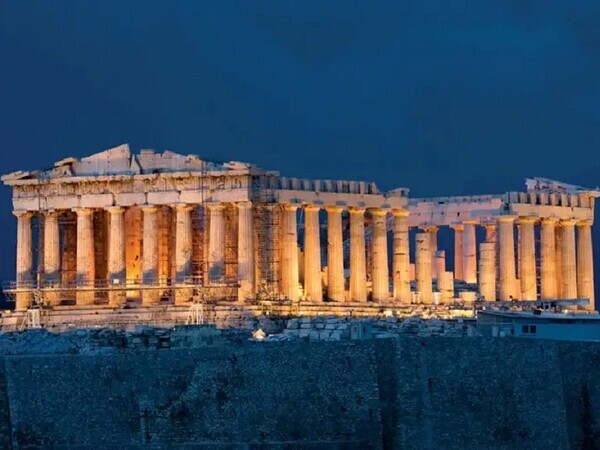
Historically, the Acropolis was a revered sanctuary dedicated to Athena, the city's patron goddess. The Parthenon, its grandest temple, was erected in homage to Athena Parthenos, symbolizing wisdom, warfare, and civilization.
Symbol of Democracy

Integral to the rise of democracy, the Acropolis served as a gathering place for Athenian citizens to engage in democratic governance. This ancient political hub profoundly influenced the evolution of governance and continues to resonate globally.
Marble Marvel
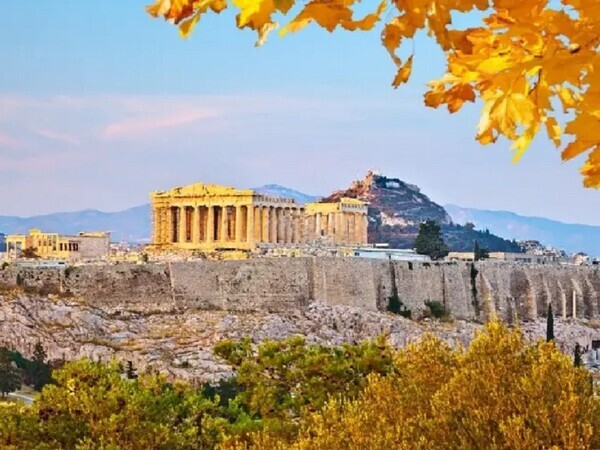
The stunning marble that embellishes the Acropolis was sourced from Mount Pentelicus, renowned for its luminosity and durability. This prized Pentelic marble was favored by Greek architects and sculptors for its quality, shaping timeless artistic creations.
Restoration Efforts
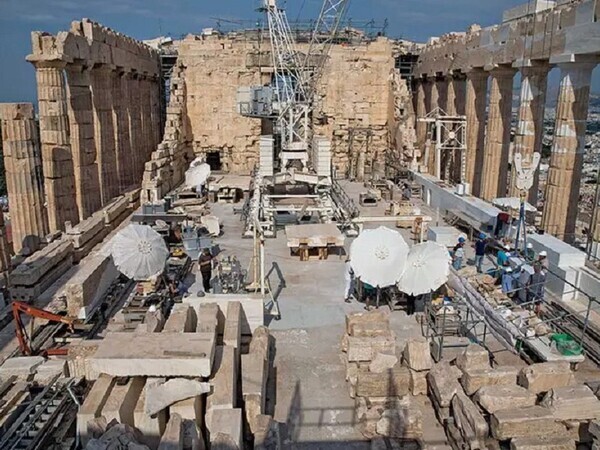
Throughout its history, the Acropolis has endured natural calamities, conflicts, and human impact. In the 19th and 20th centuries, extensive restoration initiatives were launched to safeguard its architectural treasures. Ongoing conservation endeavors today ensure the Acropolis remains a testament to human history.
Elgin Marbles Controversy
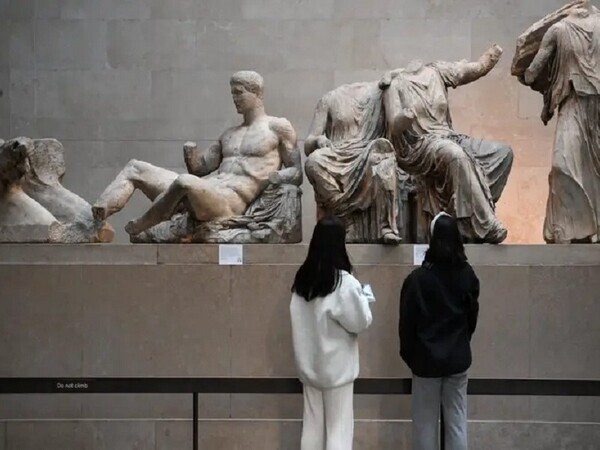
The Elgin Marbles, a collection of ancient Greek sculptures originally adorning the Parthenon, were controversially removed by Lord Elgin in the early 19th century. Displayed in the British Museum, these artworks remain a point of contention, stirring debate over their rightful ownership between Greece and the United Kingdom.
